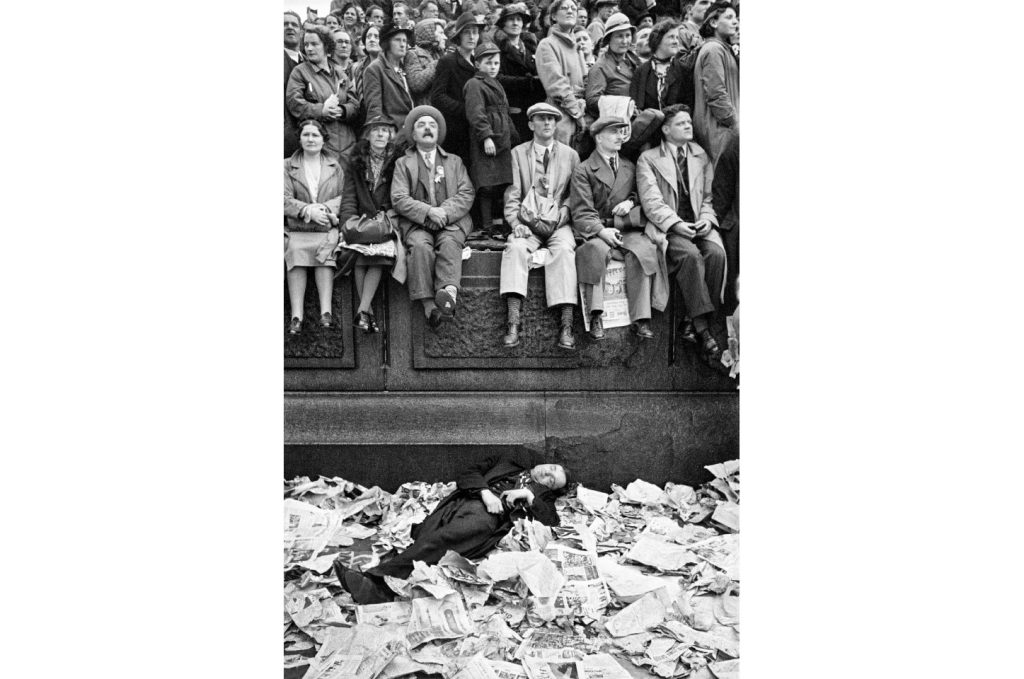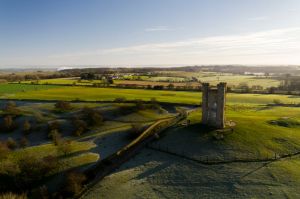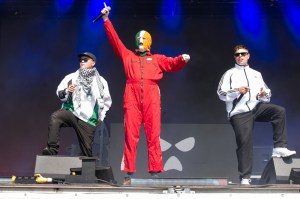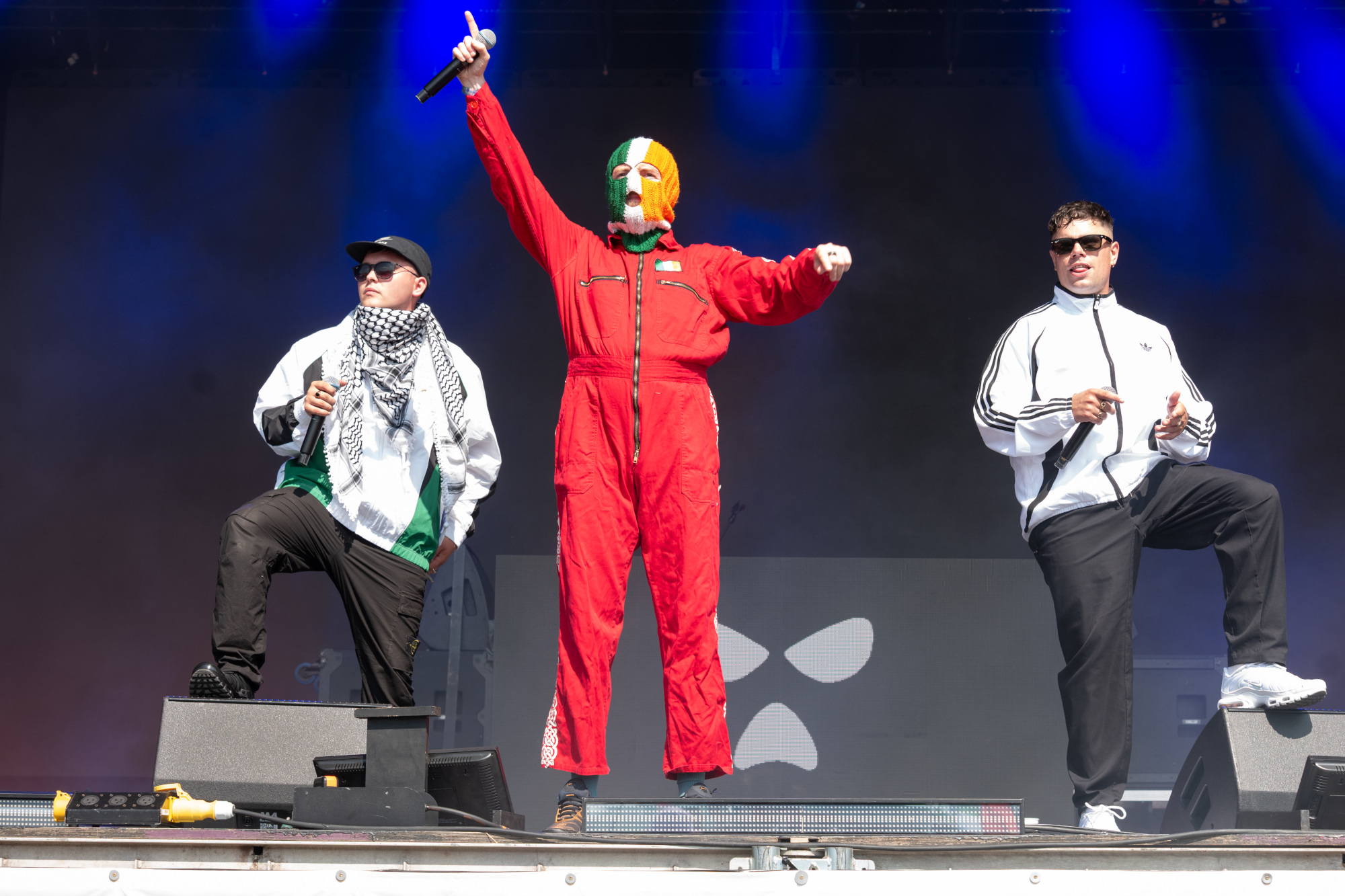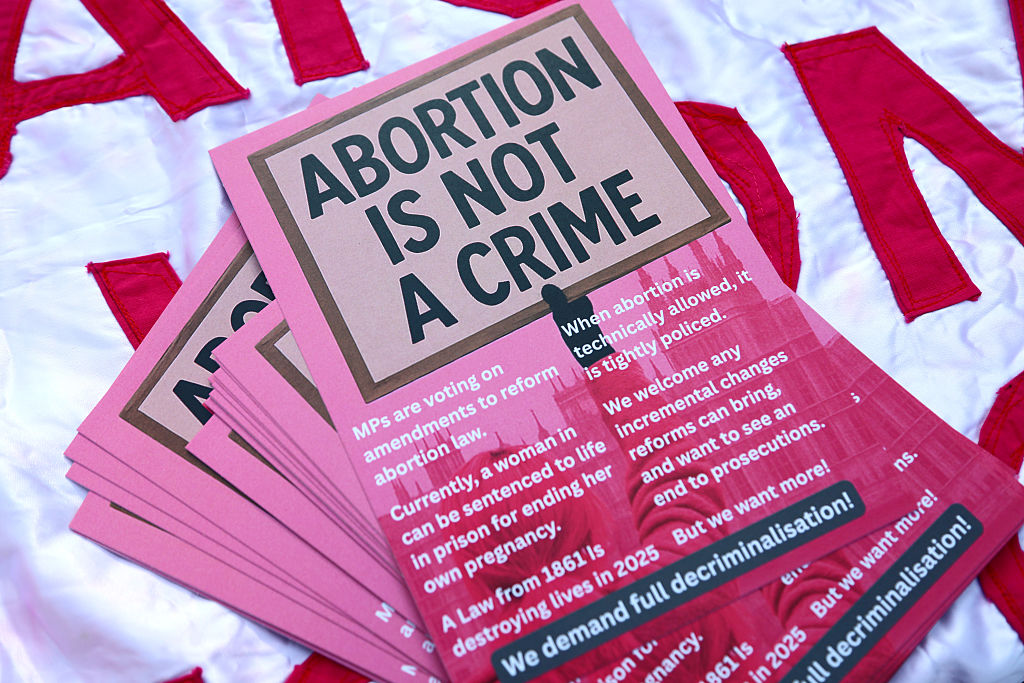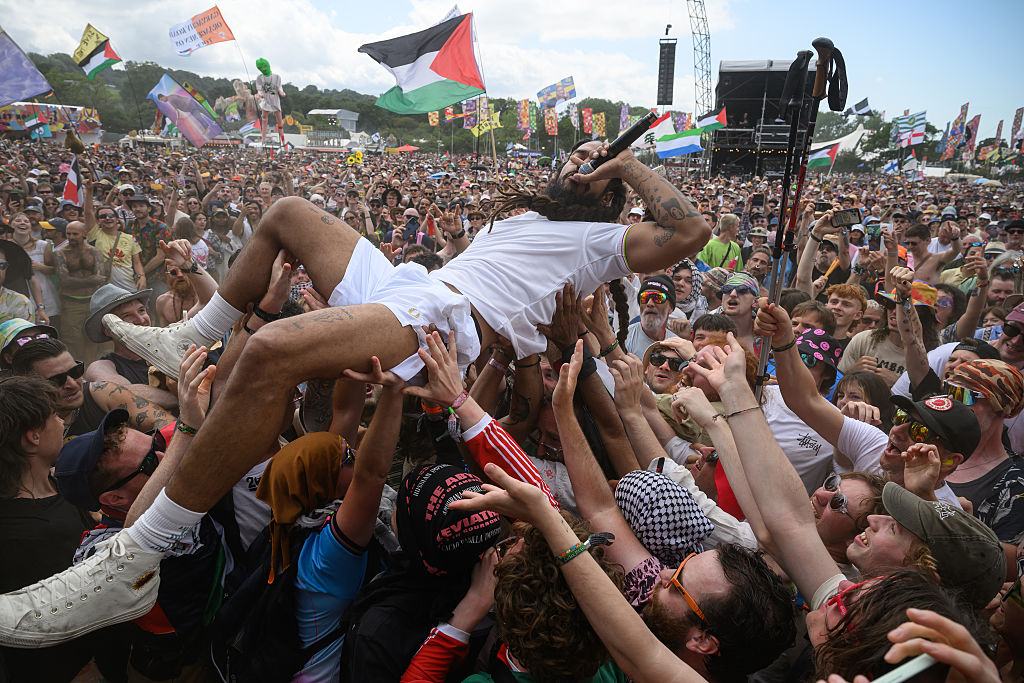In 1937, the Parisian communist newspaper Ce soir sent a twenty-eight-year-old would-be filmmaker on an unpromising first assignment. Henri Cartier-Bresson was to take photographs of the British coronation, an event of limited appeal either to Ce soir’s readers or to Cartier-Bresson himself. But on the streets of London, he discovered what would become his signature approach.
Two Brylcreemed lads in their best suits, hoisting their girlfriends on to their shoulders for a better view
He would turn away from the King, the procession, the organized magnificence, and focus solely on the crowds, looking for some fleeting moment in which the meaning of the day was concentrated. As he wrote long after, a photographer’s intuition can find both a geometrical order and a depth of significance in an apparently random fragment of time. ‘In photography, the smallest thing can be a great subject.’
The result, newly republished as Henri Cartier-Bresson: The Other Coronation, records the energy and exuberance of the occasion. Two Brylcreemed lads in their best suits, hoisting their girlfriends on to their shoulders for a better view (see below). A puzzled old gent beneath a high-rise top hat, peering into the distance while his wife points something out. Policemen trying to keep a straight face. Four ladies, sitting down amid a litter of discarded newspapers, eating apples from their packed lunch. His Majesty’s subjects smoking, napping, sharing a joke. It captures the English as George Orwell would describe them four years later, with “their mild knobby faces, their bad teeth and gentle manners.”
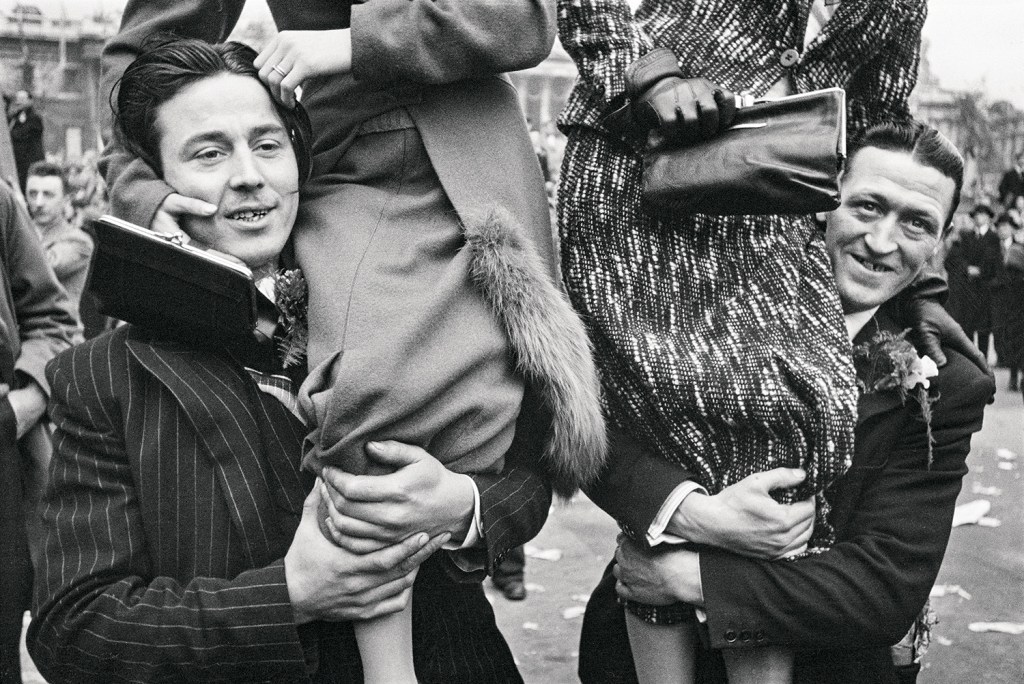
Cartier-Bresson may have thought he was snubbing the monarchy, but in another sense he was vindicating it. Hardened republicans watching this Saturday’s coronation will grumble about the expense, the pomposity, the inexplicable rituals, and will generally feel like Earl Fitzwilliam, who asserted in the House of Lords in 1838 that “coronations were fit only for barbarous, or semi-barbarous ages.” But the artistic tradition — from medieval illustrators and architects, to Tudor pageant designers, to the composers, painters and photographers who have helped create our image of the coronation — suggests a different perspective. The ceremony takes place with splendor and ceremony for the same reason a wedding does: because it solemnizes a relationship, in this case between the monarch and the people. It’s only natural if, from time to time, the people elbow their way on to centre stage.
In fact, this happens in what I think is the oldest depiction of an English coronation ceremony, in the Bayeux Tapestry. It’s January 6, 1066, and King Harold is being crowned by the Archbishop of Canterbury while the public applauds outside. But in the next panel the crowd is distracted by a mysterious sign in the sky — Halley’s Comet, we now know — which portends that the king may not occupy the throne for long
With Harold’s defeat at Hastings, the era of Anglo-Saxon rule ended, but much of the ceremony survived, and it was a ceremony which — especially in the monarch’s oath — emphasized a ruler’s duties to the people. In his richly informative history of the coronation, Sir Roy Strong argues that “monarchy in England never became, as it did in France, absolute. It always remained conditional upon being faithful to the three pledges given in the oath, to maintain peace, administer justice and exercise equity and mercy.”
The artwork that best expressed those expectations is sadly lost: a mural in the Painted Chamber of Westminster Palace, where late-medieval kings spent the night before their coronation. It depicted a story about St. Edward the Confessor, who, when approached by a beggar, realized he had no cash on him so gave instead a precious sapphire ring. Several years on, two English pilgrims in the Holy Land met an old man who explained that he was St. John the Evangelist; that he had once been given a ring by King Edward when in disguise as a beggar, and would they mind returning it?
That story may or may not be true, just as it may or may not be the very same sapphire that now adorns the Imperial State Crown, but in any case, it was St. Edward’s pious example that loomed over his successors. His crown was used at coronations from 1220 until the Civil War. Westminster Abbey was his project in the first place, and its present form is Henry III’s tribute to the saint: a fittingly spectacular place to house Edward’s shrine and to crown his successors.
Medieval coronations may have exalted kingly authority, but they implicitly embraced the rest of society, and artists increasingly registered that point. The very earliest pictures of crowned kings, such as an eleventh-century portrayal of King Cnut, do not even feature the ceremony, except as symbolically performed by angels. By the thirteenth and fourteenth centuries, kings are shown surrounded at their coronations — hemmed in, even — by bishops and nobles. When we get to the Tudor era, coronation artists are including, if not exactly the common people, then at least the footmen and gentlemen-at-arms who took part in the procession. And London itself is now part of the picture: in another lost wall-painting — this one copied by a later engraver — Edward VI can only just be made out above the rooftops of Cheapside occupying the foreground.
By then processions were integral to the event. From 1377, when the boy-king Richard II entered the city on a wave of symbolic pageantry — maidens blowing golden leaves on to the king, the streets running with red and white wine — to 1685, when James II insisted on “All that Art, Ornament, and Expence could do to the making of the Spectacle Dazzling and Stupendious,” the coronation was the monarch’s chance to win over the populace, or at least London.
The state entry became a work of art in itself, consisting of elaborate theatrical designs in which the monarch processed through huge triumphal arches and was greeted as Virgil’s Aeneas (Charles II) or as Deborah from the Old Testament (Elizabeth I). Not coincidentally, those who seized the opportunity — like Elizabeth chatting with the crowds and enthusiastically joining in with the symbolic theater — were generally more successful in their reigns than, say, Charles I, who unwisely canceled the state entry.
After the Glorious Revolution, the coronation suffers an identity crisis. What was originally a Catholic service now required a fiercely anti-Catholic declaration, and the ceremonies that once confirmed the monarch’s authority now explicitly reminded them that parliament was supreme. The age of Enlightenment struggled with ceremony and symbolism, and we enter the era of the coronation gaffe: of the badly trained horse that was meant to walk in front of George III but instead backed into him, and of the archbishop shoving Victoria’s ring on to the wrong finger. You get the sense that nobody really knows what they’re doing.
In John Martin’s dream vision of Victoria’s coronation, light pours on to a blur of ermine and satin
Hence the view that the twentieth-century coronation, with all its solemnity and organizational precision, is an “invented tradition,” a pastiche that only pretends to be timeless. Yet even at its lowest ebb, the coronation retained its potency, at least to the artistic imagination. Think of how painters bring the Westminster Abbey crowds to life — notably in John Martin’s dream vision of Victoria’s coronation, with light pouring through the windows on to a blur of ermine and satin. Think of Edward Scriven’s opulent print of George IV, his enormous crimson mantle held up by the eight eldest sons of peers. Think, above all, of Handel, whose Zadok the Priest (composed for George II in 1727) is not only a thunderous affirmation of kingship, but also an echo of the distant past: some version of those words about Zadok and Solomon has, remarkably, been sung at every coronation since King Edgar’s in 973.
But it is true that in the twentieth century, the organizers, liturgists and musicians found a way to make a 1,000-year-old ceremony appealing to a democratic age. When, in 1953, the abbey rose as one to belt out Vaughan Williams’s setting of “All People that on Earth do Dwell,” it was the first time the whole congregation had sung at a coronation. It was also the first time the event had been visible to millions, thanks to Elizabeth’s insistence on bringing in the TV cameras.
Cartier-Bresson had registered that democratic shift sixteen years earlier. In the most celebrated of the photographs, he presents the Trafalgar Square crowd as the real protagonists. They are not deferentially gawping: they have taken over the square, and they look out with something like defiance. And then you notice the man at the bottom of the frame. It’s his coronation, and he’ll sleep through it if he wants to.
Clément Chéroux’s Henri Cartier-Bresson: The Other Coronation is published by Thames & Hudson. This article was originally published in The Spectator’s UK magazine. Subscribe to the World edition here.



